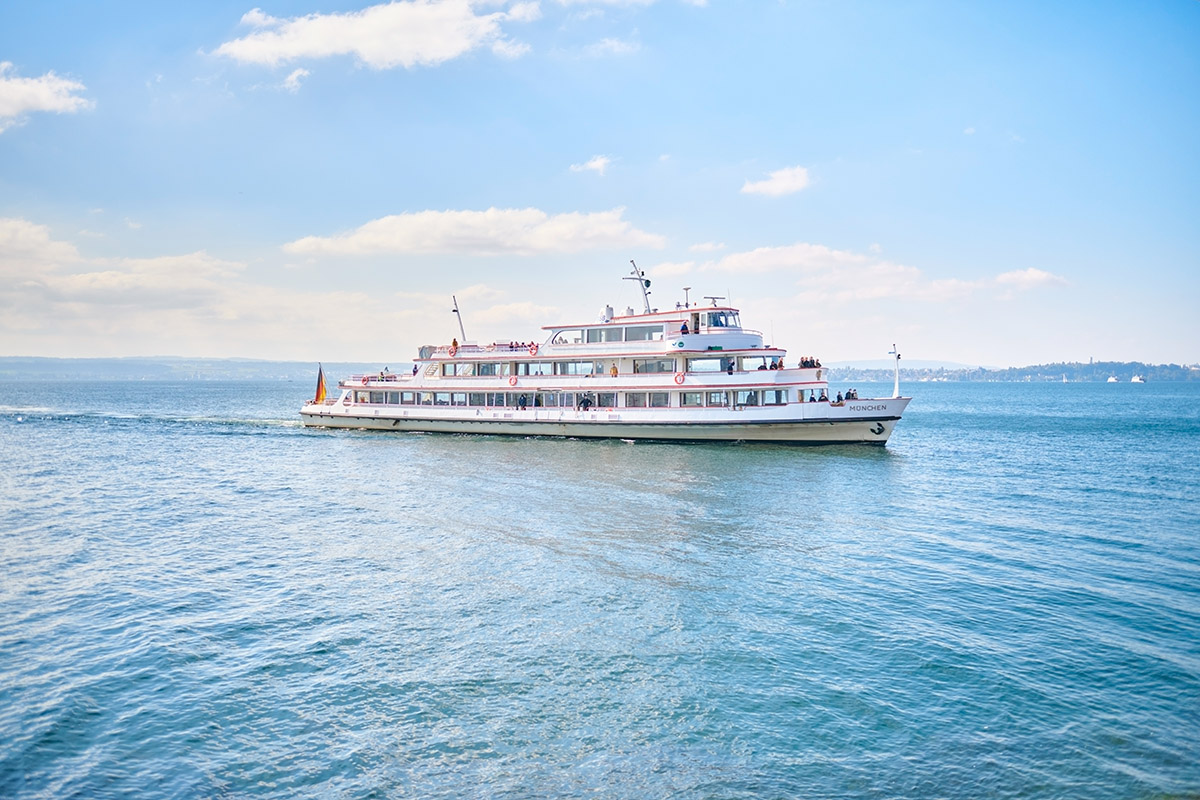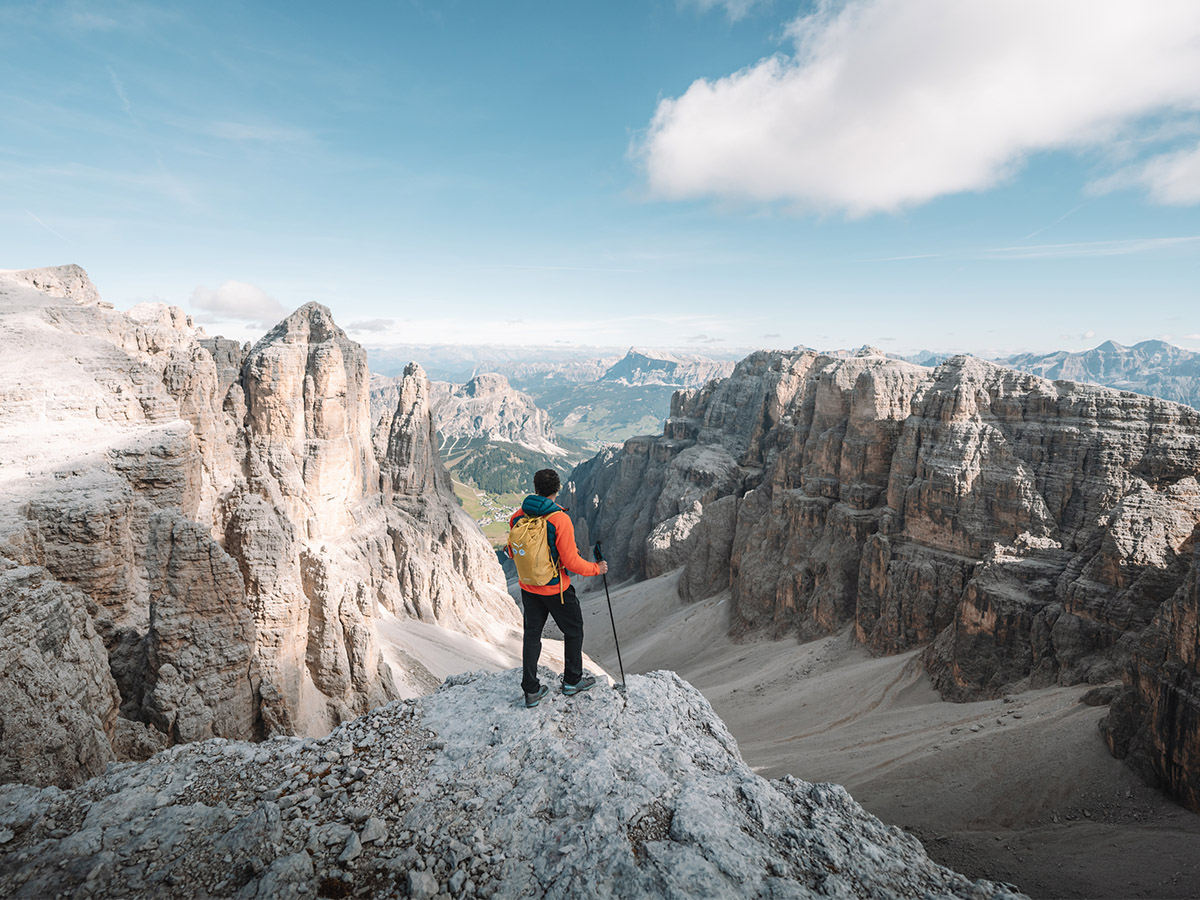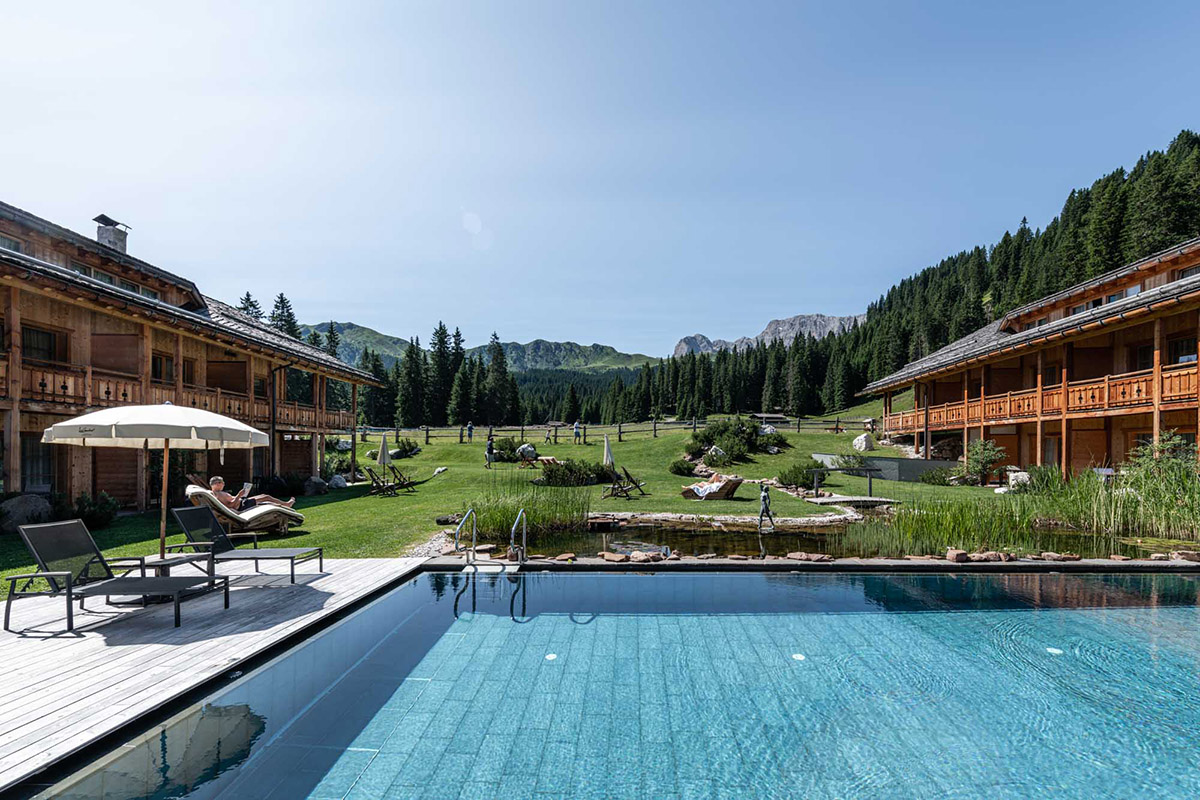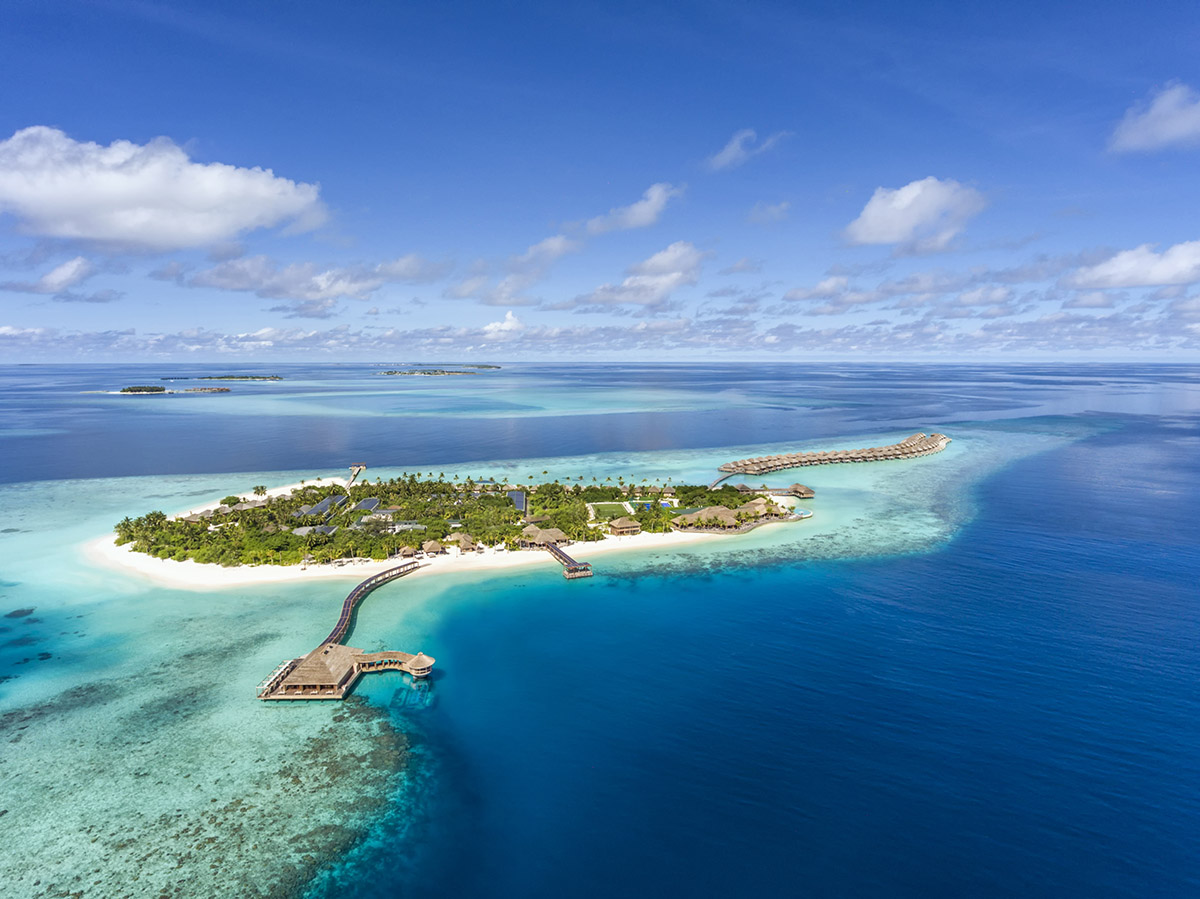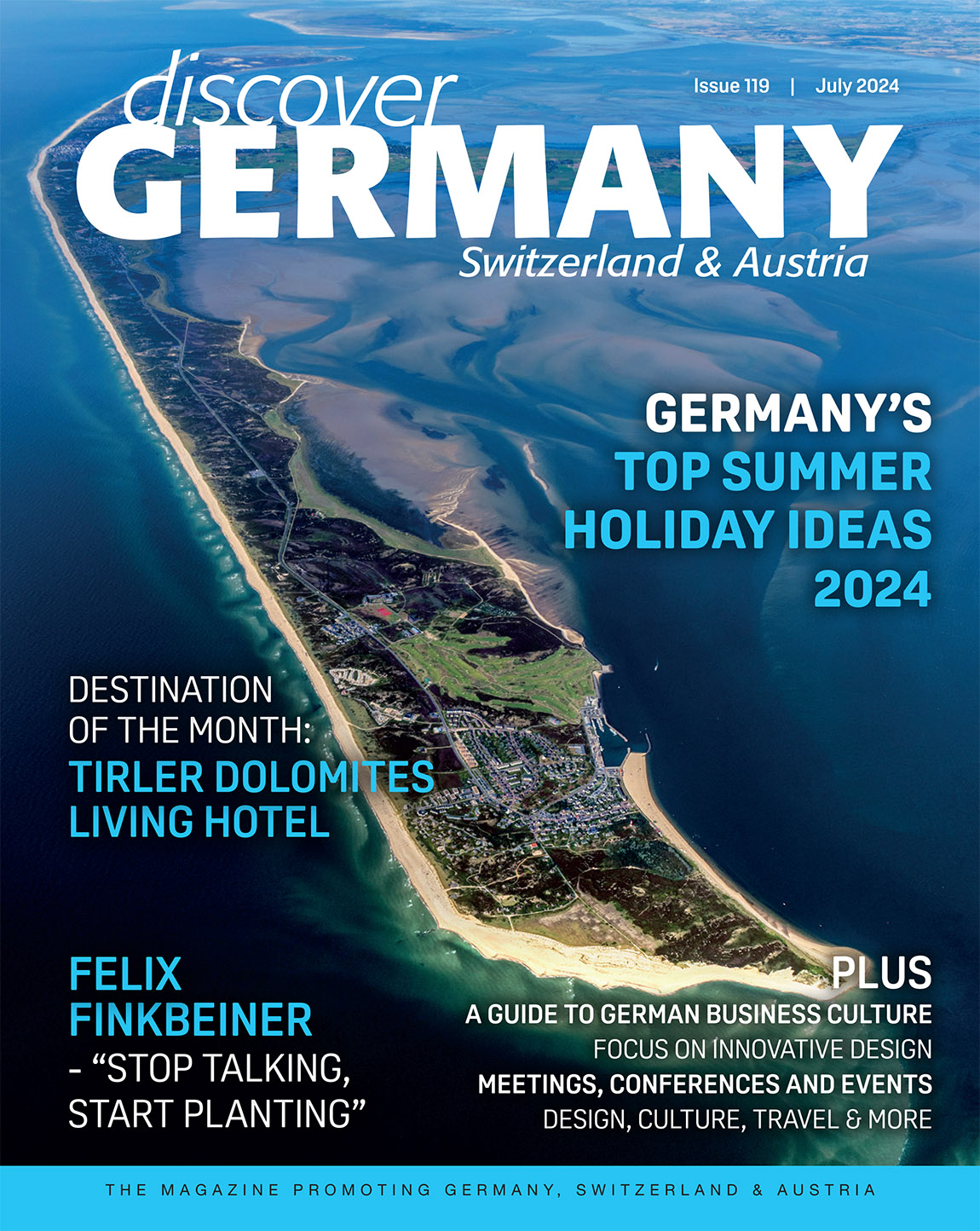Cornelia Brelowski: Between History and Future
TEXT: CORNELIA BRELOWSKI
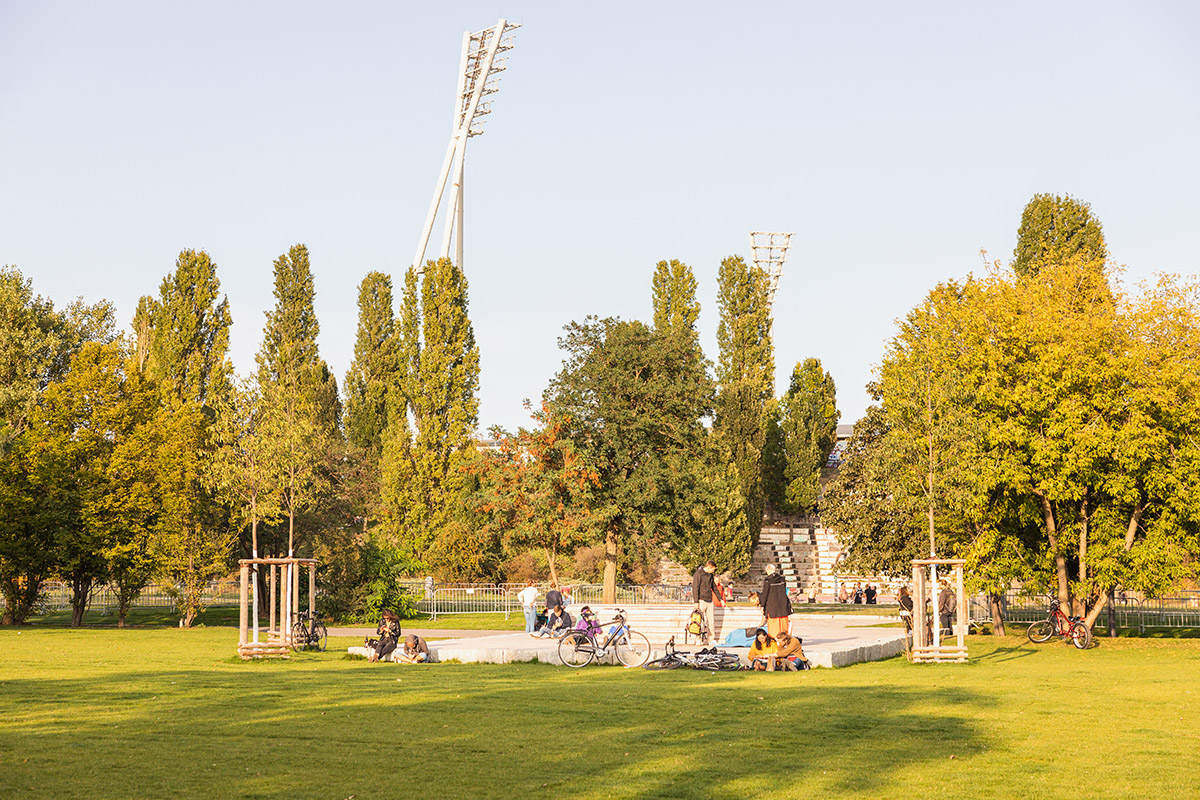
Mauerpark. Photo: © visitBerlin, Photo: Chris Martin Scholl
A hushed birch grove forms part of Berlin’s Mauerpark between Bernauer Straße and Schwedter Steg bridge.
Hidden between Falkplatz and the Mauerpark extension, the grove had been closed for restoration for months and is now finally open again. Set slightly off track, it has an almost mystic air about it, especially in the early morning and evening hours, when slanting rays of sun form illuminating stripes between the white birch stems and the trees themselves begin to look like a friendly assembly of souls in peaceful communication.
The Mauerpark, situated on the former wall strip, is always about both the past and the future and can be described as a green healing stretch on the grounds of harrowing history. Where today flowers and trees stand in bloom, in the past guard dogs were running free, while watchtowers overlooked all parts of the so-called ‘death strip’ – the hardest part to cross if you chose the overground escape route across the wall. Before 9th November 1989, it could be either a bullet, a fierce dog, or both, that would lead to an arrest or even loss of life..
For those who did not make it, there is a natural art monument situated by the Schwedter Steg bridge, but you have to know where to look. If you walk from the birch grove past the kids’ animal farm, you will soon access the iconic, swinging shape of the bridge. Stop before you reach the middle and peer over the railing to your left. Right underneath, you will see grave-long piles of wood each with a large rock at the foot, standing for the wall victims who did not make it to the other side. The artwork has been joined by many plants over the years and is exuding a peaceful atmosphere.
The restored birch grove is part of the comprehensive Mauerpark project realised by the late Professor Gustav Lange, architect, stone mason and poet, across 27 years of planning and realisation. In Lange’s design, the visitors take the key role in the transformation: The more feet of happy people, kids and dogs roam the area, the more the energy keeps changing and harmonizing: “Life takes place in spaces in between – in unorganized structures” Lange stated in 1996. Resident initiatives were included in the design, such as the wooden ‘rainbow playground’ and the intercultural community garden, which as of late includes a bee information centre.
Many visitors only know the Mauerpark for the flea market off Bernauer Straße and the open-air concerts at the amphitheatre. However, the new extension, as well as the restored birch grove, once more show the thoughtful philosophy of the overall design and already serve plenty of citizens and families with much-needed green space between Wedding and Prenzlauer Berg. To many, it is a daily treat, even if they only cycle through on their way to work. I for one wouldn’t miss it for the world.
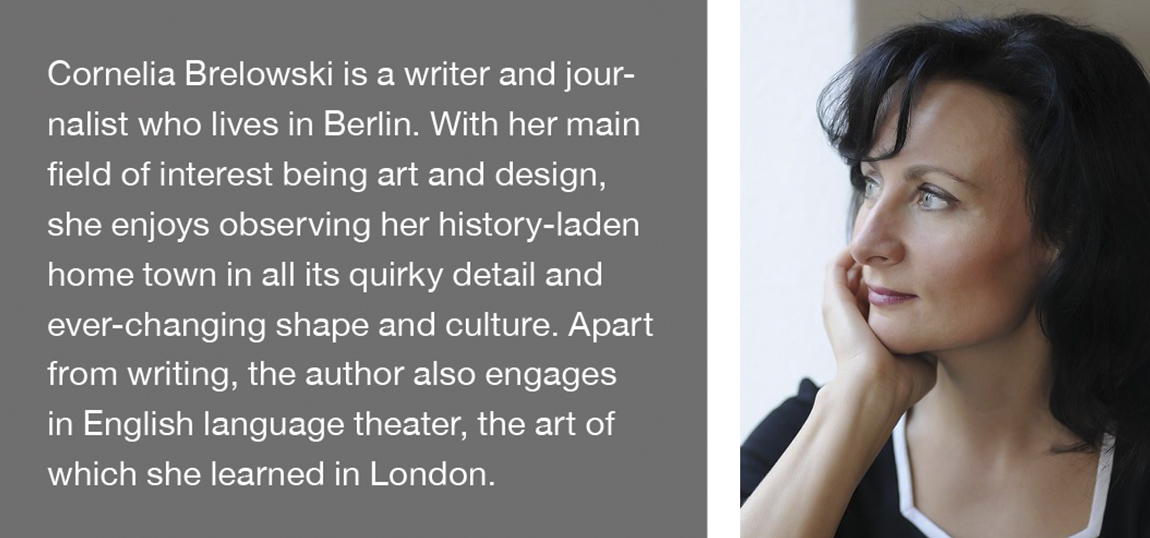
Photo: Coline Mattée
Subscribe to Our Newsletter
Receive our monthly newsletter by email

